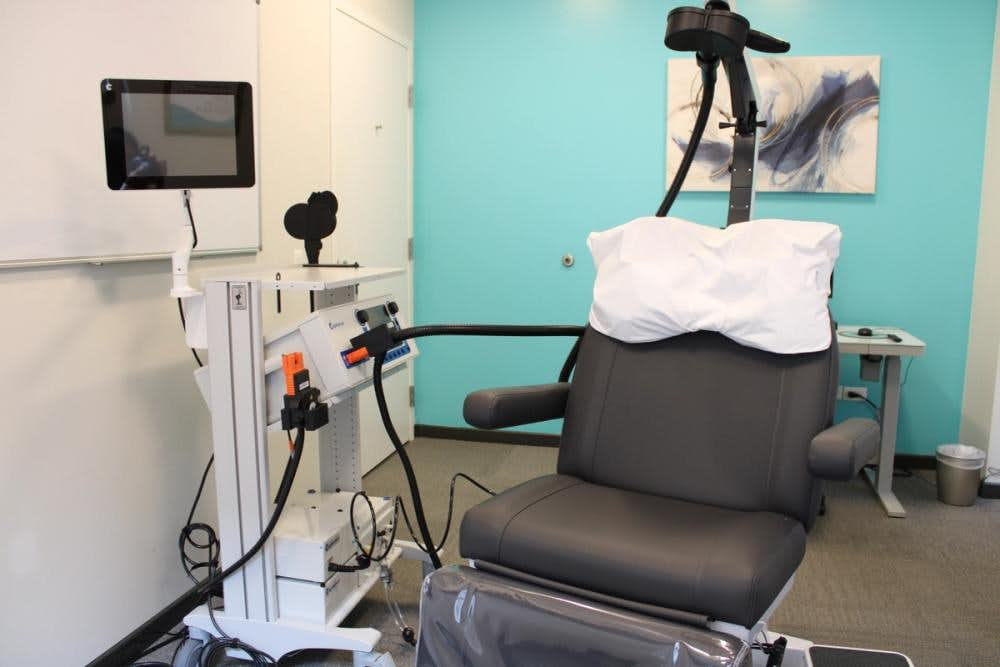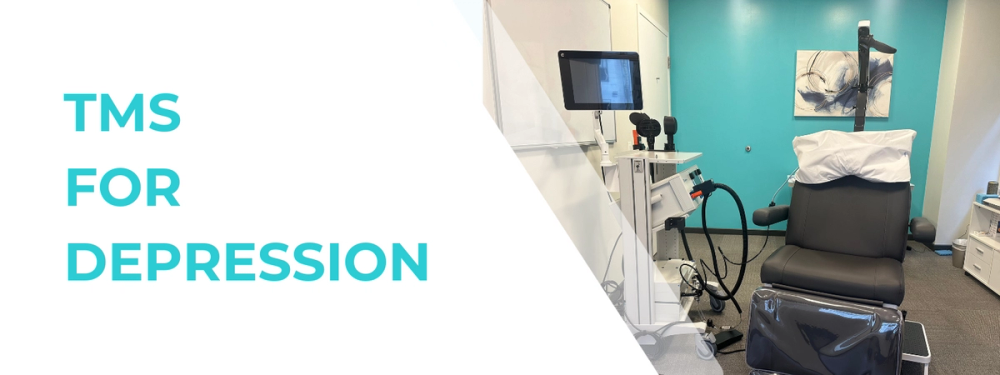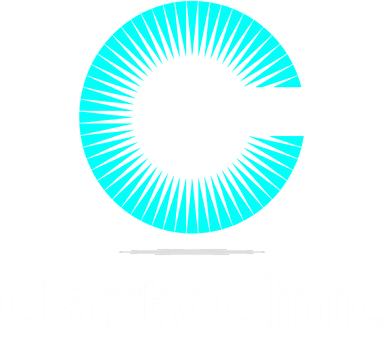Obsessive-Compulsive Disorder (OCD) is a complex and often debilitating mental health condition that affects millions of people worldwide. Characterized by intrusive, distressing thoughts (obsessions) and repetitive, ritualistic behaviors (compulsions), OCD can significantly interfere with daily life and quality of life. While there are various treatment options available, including therapy and medication, some individuals with OCD may not find sufficient relief from these approaches. In such cases, Transcranial Magnetic Stimulation (TMS) therapy offers hope and a potential pathway to recovery. In this comprehensive guide, we will explore what TMS therapy is, how it works, its effectiveness in treating OCD, the treatment process, and the benefits it can bring to individuals seeking relief from this challenging condition.
OCD is a chronic mental health condition characterized by recurring, distressing thoughts and repetitive behaviors. These obsessions and compulsions can consume a person's thoughts and time, leading to significant distress and impairment in daily functioning. Common obsessions include fears of contamination, harming others, or a need for symmetry, while compulsions may manifest as excessive handwashing, checking, or counting.

The treatment of OCD typically involves a combination of therapies and, in some cases, medication. These treatment options include:
While these treatments can be highly effective for many individuals with OCD, there is a subset of the population that does not respond adequately to therapy and medication. These individuals may experience treatment-resistant OCD, necessitating alternative treatment options.
Read more: Obsessive-Compulsive Disorder →
Transcranial Magnetic Stimulation (TMS) is a non-invasive neuromodulation technique that has shown promise in treating various mental health conditions, including depression and OCD. TMS therapy involves the use of a magnetic coil placed on the scalp to deliver precise magnetic pulses to specific regions of the brain associated with the symptoms of OCD.
TMS therapy works by influencing the neural circuits and brain activity associated with OCD. The magnetic pulses generated by the TMS device help regulate abnormal neural patterns, potentially alleviating obsessive thoughts and compulsive behaviors.
Read more: TMS Therapy in Chicago →
TMS therapy has gained recognition for its effectiveness in treating OCD, particularly in cases where traditional treatments have not provided adequate relief. Key points regarding the effectiveness of TMS therapy for OCD include:
The TMS therapy process for OCD is similar to that for depression and typically involves the following steps:
TMS therapy offers several potential advantages for individuals with treatment-resistant OCD:

TMS therapy for OCD is a promising treatment option but is not suitable for everyone. It is typically recommended for individuals who meet the following criteria:
While TMS therapy is generally well-tolerated, it’s important to be aware of potential side effects that may arise during treatment for OCD. Common side effects include:
It’s essential to communicate any side effects or discomfort with the healthcare provider overseeing the TMS therapy for OCD, as they can make necessary adjustments to the treatment plan. The majority of individuals undergoing TMS therapy experience these side effects as mild and manageable inconveniences.
These treatments share many similarities but also have some differences. Despite this, they both utilize the same technology and device setup.
Like TMS for Major Depression, TMS for OCD has been proven to be well-tolerated and safe. Although the targets are slightly different, they both involve placing the magnetic coil in a specific predetermined area on the scalp, next to the target region. In Major Depression, this area is known as the dorsolateral prefrontal cortex (DLPFC), whereas in OCD, it is referred to as the dorsomedial prefrontal cortex (DMPFC).
The treatment for OCD also reaches slightly deeper regions of the brain, which can lead to a slight increase in the perception of pain or the occurrence of headaches. However, despite this, the treatment for OCD is generally well tolerated and patients usually adapt to it, similar to how TMS is used for treating depression, by gradually increasing the intensity of the treatment in the initial sessions.
Just like TMS for depression, TMS for OCD involves receiving five treatments per week for a duration of six weeks, resulting in a total of 30 sessions. After this, a short tapering strategy is implemented and additional maintenance treatments may be necessary to keep the symptoms of OCD under control. In comparison, the remission of symptoms following the discontinuation of TMS treatment for Major Depression may last for a longer period of time.
One important distinction in the treatment of OCD is that patients need to have their OCD pathway triggered before undergoing stimulation. Essentially, the symptoms of OCD must be activated. To do this, your TMS care team safely facilitates a discussion or trigger of the OCD thoughts for a few minutes prior to treatment, while also urging the patient to focus on their OCD during the treatment.
Read more: TMS Therapy For Depression →
At Clarity TMS, we understand the importance of access to effective mental health treatments, including Transcranial Magnetic Stimulation (TMS) therapy for Obsessive-Compulsive Disorder (OCD). Currently, we are offering TMS therapy for OCD on a self-pay basis. We are committed to providing high-quality care and are actively exploring options to expand payment options in the future to ensure greater accessibility to this transformative treatment. Our focus remains on supporting individuals on their journey to better mental health, and we are here to assist you through every step of your treatment process.

Living with Obsessive-Compulsive Disorder (OCD) can be challenging, but there is hope. Transcranial Magnetic Stimulation (TMS) therapy offers an innovative and non-invasive treatment option for individuals who have not found adequate relief from traditional OCD treatments.
TMS therapy holds the promise of transforming the lives of those struggling with OCD by targeting the neural circuits responsible for obsessions and compulsions. It offers a personalized approach to treatment, with the potential for significant symptom reduction and improved quality of life.
If you or someone you know is living with treatment-resistant OCD, it’s essential to explore TMS therapy as a viable option. A comprehensive evaluation by a qualified mental health professional can determine whether TMS is the right choice for OCD treatment.
Remember, OCD is a treatable condition, and with the right approach, there is a pathway to freedom from the constraints of obsessive thoughts and compulsive behaviors. TMS therapy is a beacon of hope for individuals seeking relief and recovery from OCD’s grip.
Read more: TMS Therapy in Arlington Heights →
To learn more about TMS therapy for OCD or to inquire about its suitability as a treatment option, reach out to a qualified mental health provider or a TMS clinic in your area. They can provide you with personalized information, assess your eligibility for TMS therapy, and guide you through the treatment process.
You are not alone in your journey toward mental health and well-being. TMS therapy represents a potential turning point in the battle against OCD, offering the prospect of a brighter, more liberated future. Don't hesitate to take the first step towards breaking free from OCD's hold and rediscovering the joy of life without the burden of obsessions and compulsions.

Our Services
Virtual/Online CarePHP and IOPAdult PsychiatryChild & Adolescent PsychiatryAdult TherapyChild & Adolescent TherapyCouples CounselingFamily TherapyGroup TherapyPsychological TestingTranscranial Magnetic Stimulation (TMS)Resources
Refer a PatientCareersClinical Training OpportunitiesOur ProvidersFree Mental Health TestsCommonly Prescribed MedicationsLocationsBlogIn The NewsClarity Through CharityClarity for AllQuick Links
Patient PortalFAQsAccepted InsurancesContact us